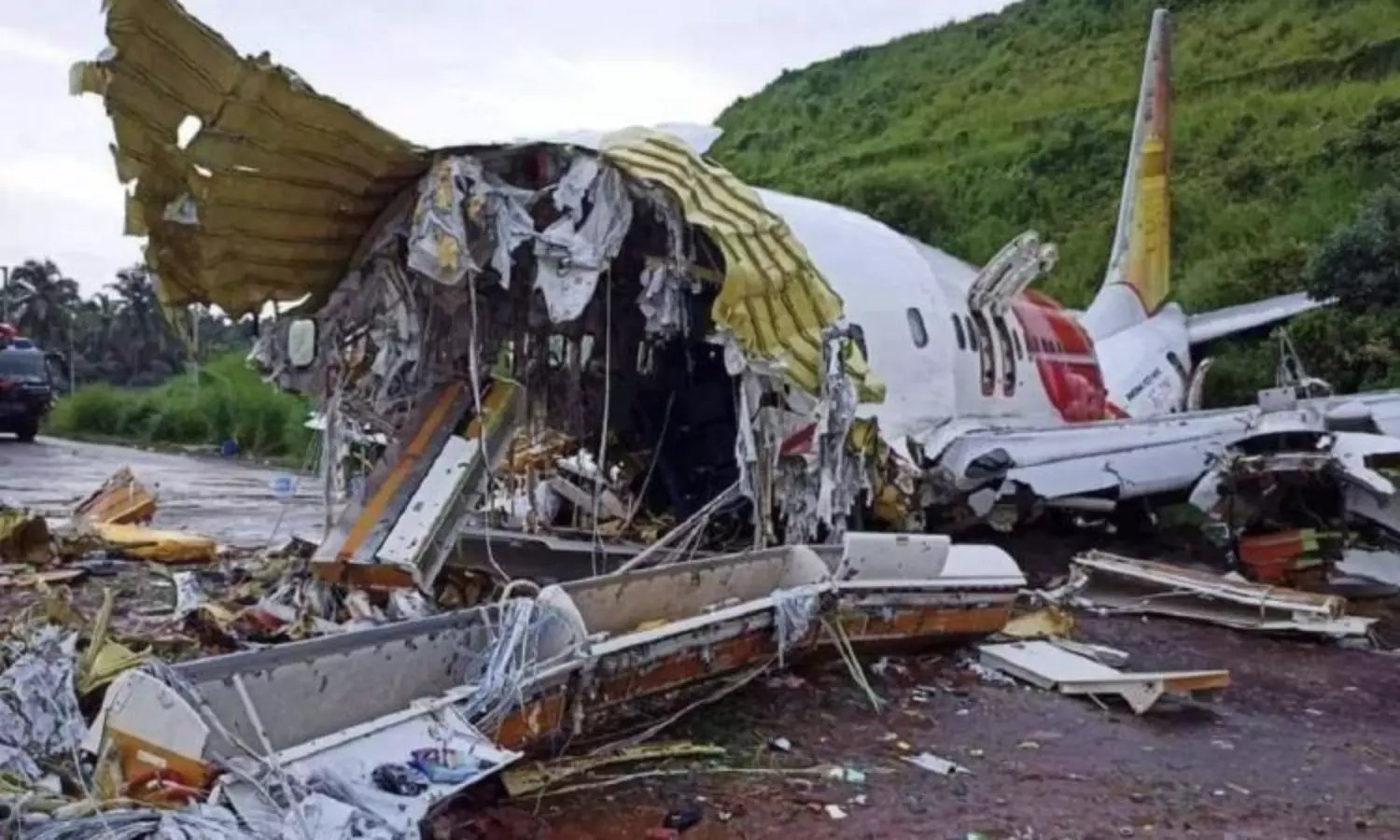AHMEDABAD, India — An Air India Boeing 787-8 Dreamliner crashed near Ahmedabad on Thursday, killing 242 passengers and crew. The accident, one of India’s deadliest in years, happened just after the plane left Sardar Vallabhbhai Patel International Airport headed for London Gatwick.
The aircraft came down in a residential area, hitting a medical college hostel, which also claimed the lives of at least five students on the ground. Only one person survived: British national Vishwashkumar Ramesh, who was sitting near an emergency exit. He is being treated in a local hospital.
The plane, registered as VT-ANB and in service with Air India since 2014, took off at 1:38 p.m. local time. Data from Flightradar24 showed it reached an altitude of 625 feet before quickly losing height at a rate of 475 feet per minute.
Security cameras recorded the aircraft struggling to climb, with its nose lifted much higher than usual during takeoff. A distress call went out just before the plane crashed in Meghani Nagar, where it burst into flames due to the large amount of aviation fuel on board.
India’s Aircraft Accident Investigation Bureau is leading the inquiry, with support from the U.S. Federal Aviation Administration. The FAA stated that it is too early to link the crash to any broader safety issues with this model.
Aviation expert Jeff Guzzetti told NPR that many factors, such as issues with the flaps, hydraulic problems, or sudden engine failure, could be involved. Investigators have yet to recover the flight data and cockpit voice recorders.
Some specialists have flagged possible problems with the way the plane was set up for takeoff. John Cox, a former pilot and safety consultant, pointed out that the video suggests the landing gear was down and flaps were up, which is not standard procedure. The FAA has previously checked the 787 for concerns such as loose fuselage parts, following whistleblower reports in 2024, but Boeing had judged those as not critical.
Air India’s Safety Record
Now under the Tata Group, Air India has worked to improve its image but has faced challenges. Its fleet includes 27 Boeing 787-8 Dreamliners, with an average age of 8.4 years. This was the first deadly crash involving a 787 Dreamliner anywhere in the world. The model is considered efficient and known for features like its Synthetic Vision System.
Air India has dealt with safety questions before. In 2020, an Air India Express Boeing 737 skidded off a runway in Kozhikode, resulting in 21 deaths. The airline merged with Vistara in 2024 to upgrade its fleet and strengthen safety measures. After Thursday’s crash, industry group CAPA India suggested a technical or hydraulic failure might be behind the disaster, but the investigation is still ongoing.
Training for Indian pilots is often discussed, as the aviation sector keeps growing. The pilots on Flight AI171, Captain Sumeet Sabharwal and First Officer Clive Kundar, were both experienced. However, exact details about their training and hours flown have not been shared.
The Directorate General of Civil Aviation (DGCA) sets strict rules and requires at least 200 hours in the air before a pilot can get a commercial licence, plus extra training on specific aircraft like the 787. Even so, some worry that not all flight schools provide the same quality and that pressure to train more pilots quickly could lead to gaps. The DGCA has said it will review training standards as part of its investigation.
Boeing’s Reaction
Boeing, already under pressure after previous 737 Max crashes, offered its condolences and promised full support. CEO Kelly Ortberg reached out to Air India’s chairman, N. Chandrasekaran, and pledged to send a team to join the inquiry. Boeing is working with GE Aerospace, which makes the engines, to review cockpit data. The company’s share price fell by 5% on the day of the crash, reflecting growing concerns from investors.
India has seen several major crashes in the past. In 1996, a mid-air collision near Delhi killed 349, making it the country’s worst air tragedy. An Air India flight in 1985 was destroyed by a bomb over the Irish Sea, with 329 lives lost.
The Kozhikode crash in 2020 again highlighted ongoing worries about runway safety, especially during the monsoon season. The recent Ahmedabad crash stands out for its high death toll and the urgent need for stronger safety rules.
Reactions have come from all over the world. Teams from both the U.S. National Transportation Safety Board and Britain’s Air Accidents Investigation Branch are heading to India to help. Indian Prime Minister Narendra Modi described the event as heartbreaking, while UK Prime Minister Keir Starmer said the scenes were devastating. DNA testing is in progress to identify victims, with 269 bodies recovered so far.
As recovery teams finish their work, attention is turning to finding out what happened. Civil Aviation Minister Ram Mohan Naidu has set up a high-level committee to look into every aspect of the crash. For families of the 169 Indians, 53 British, seven Portuguese, and one Canadian passengers who were on board, waiting for answers has just begun.
Related News:
Indian Man Buster at Mumbai Airport with 52 Reptiles Smuggled from Thailand
















